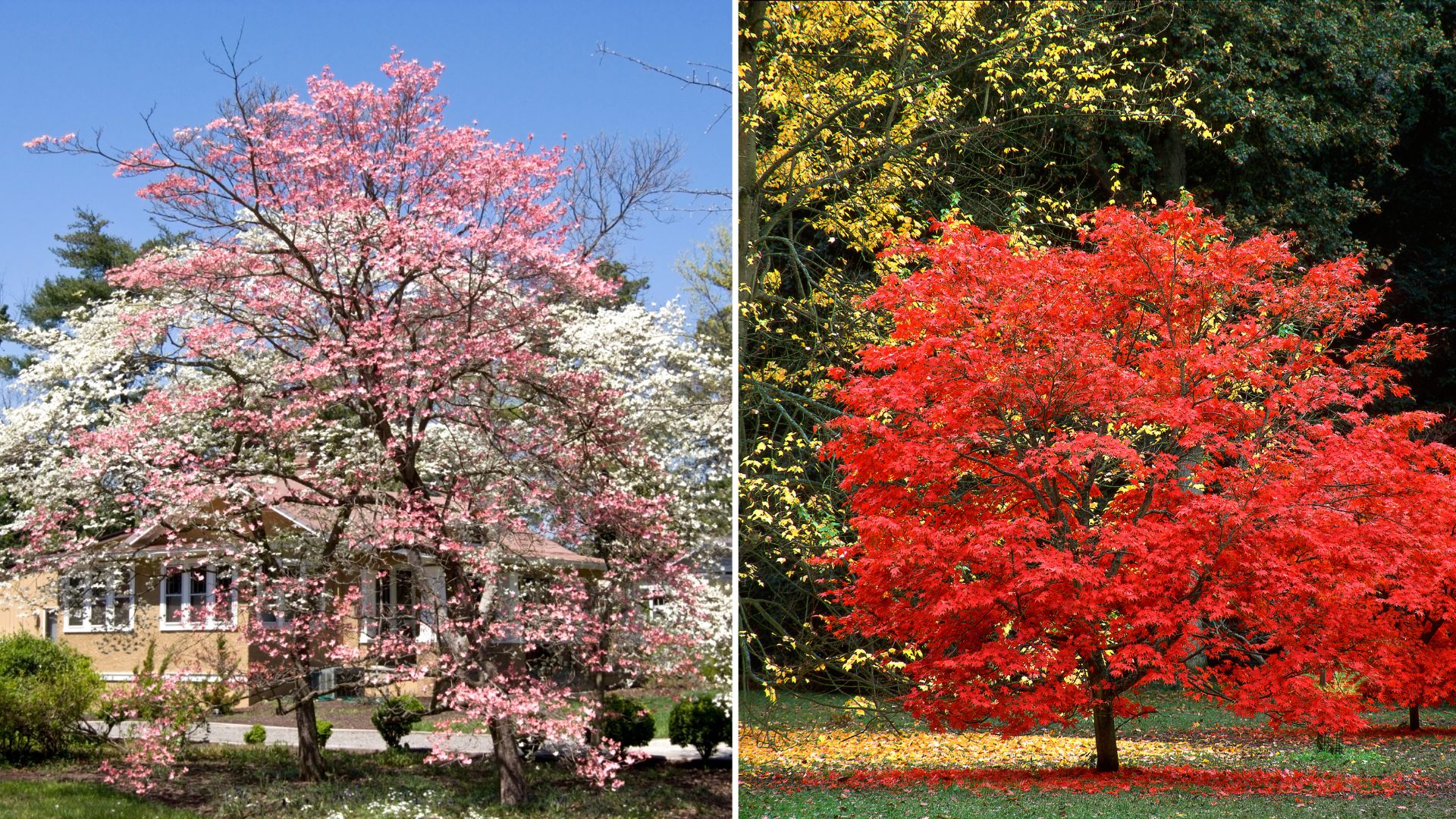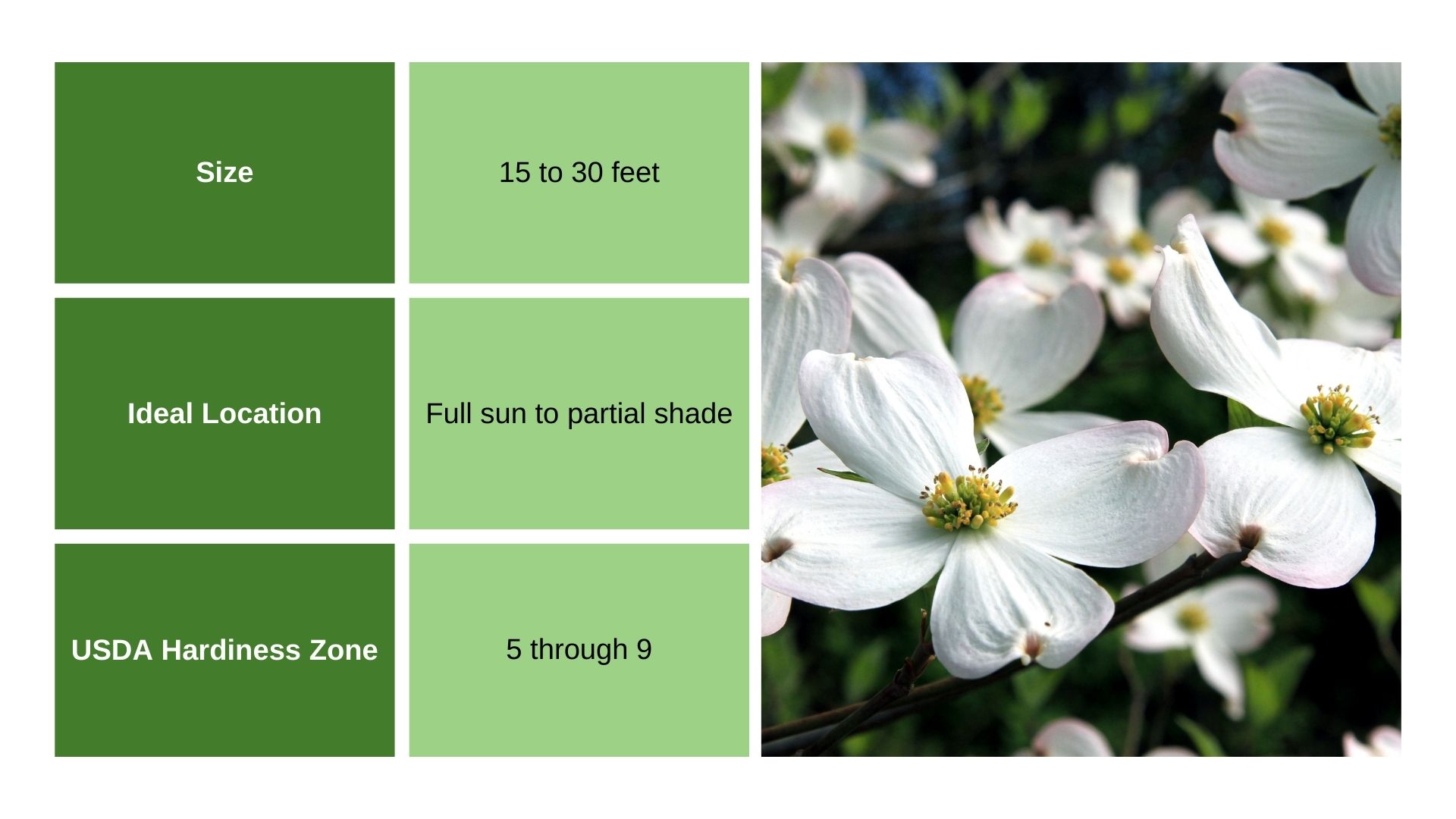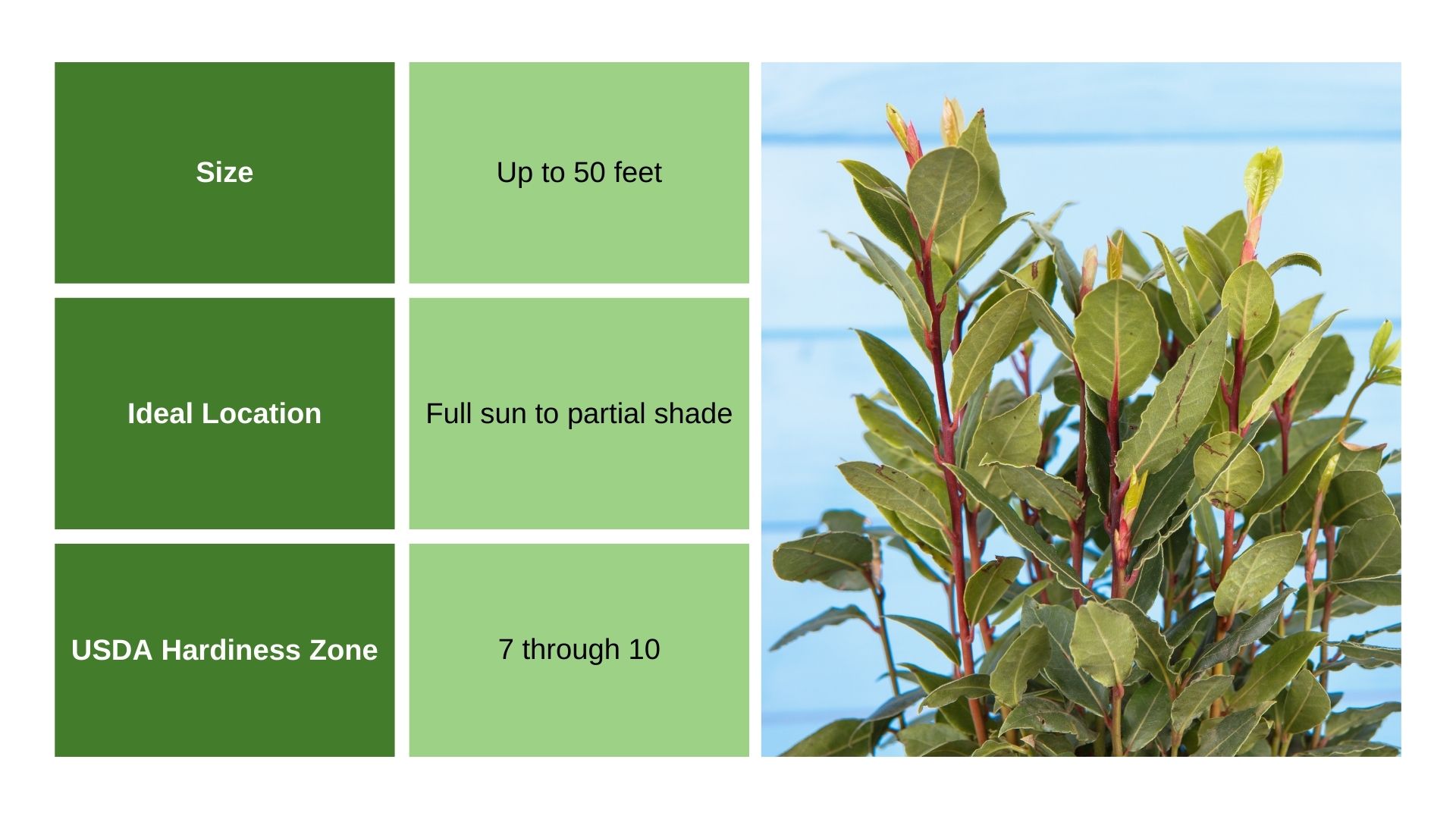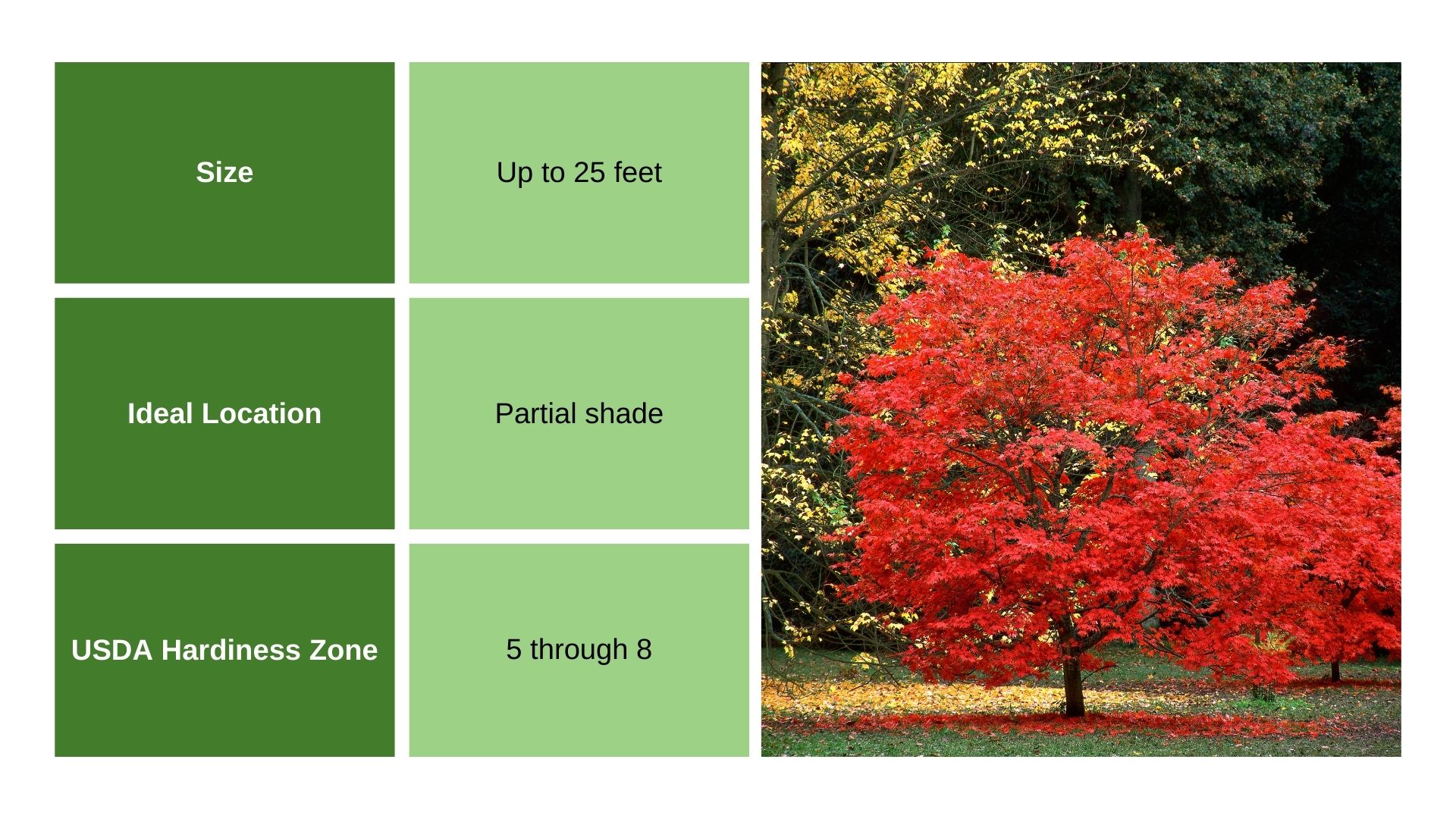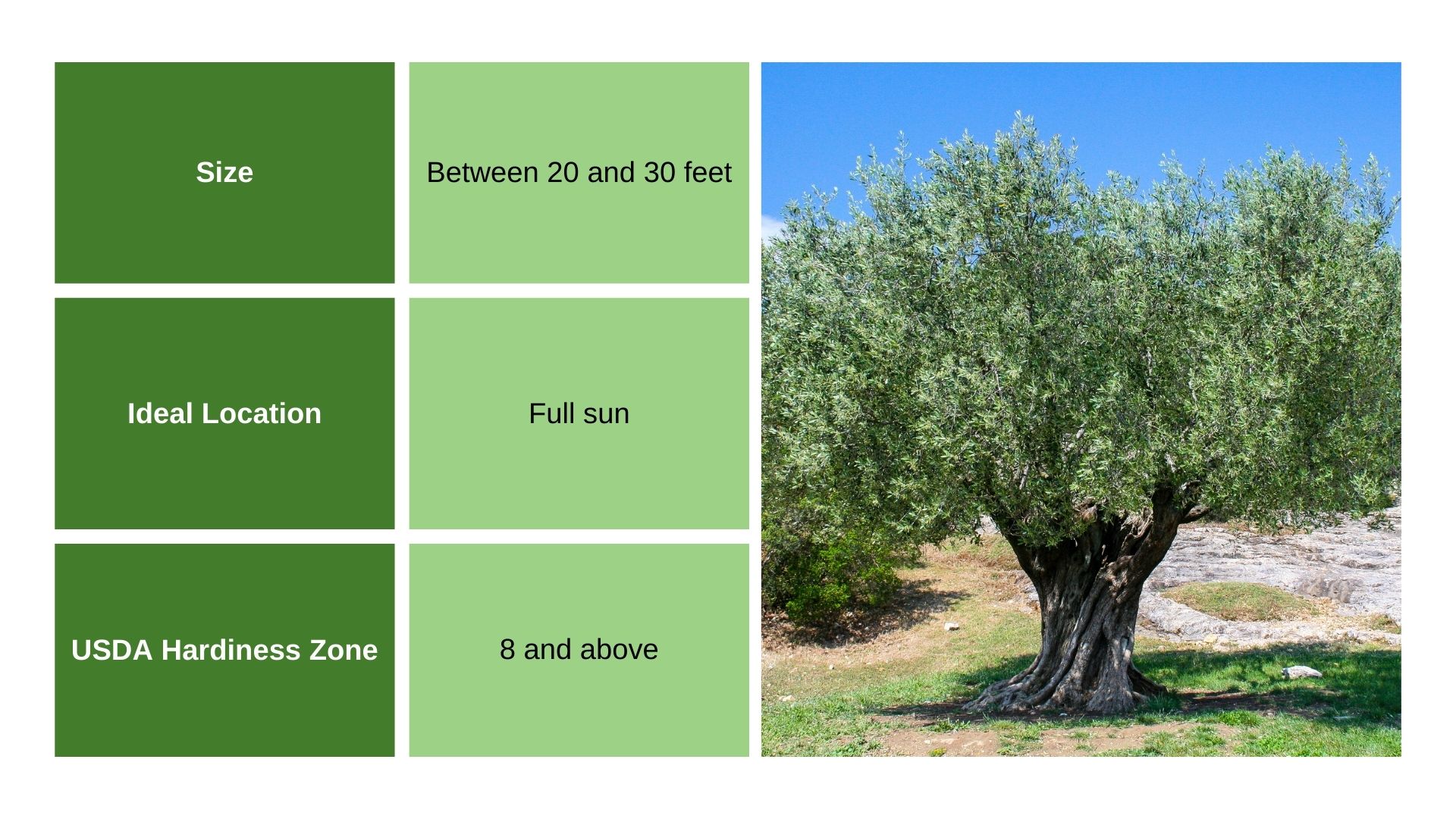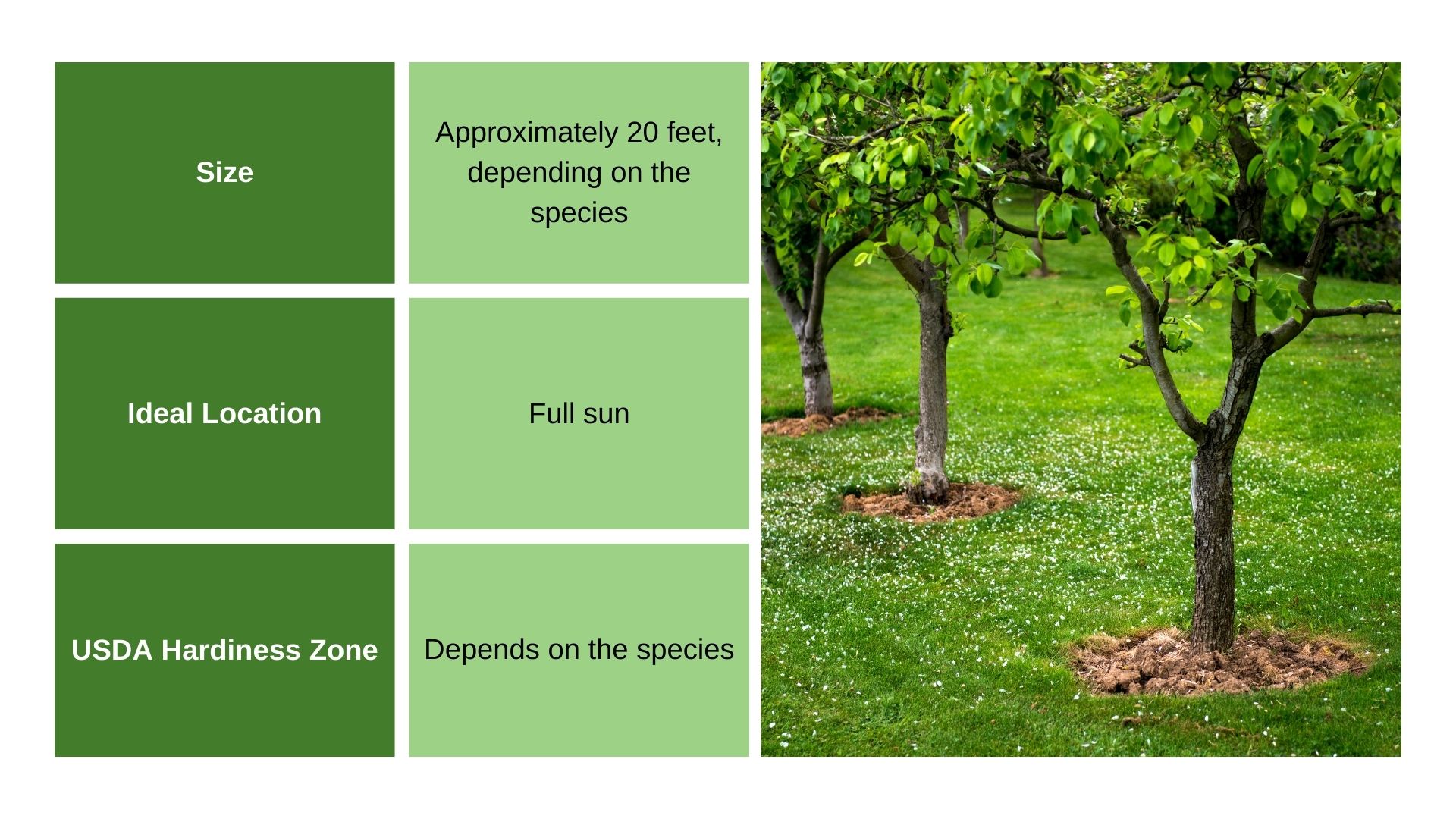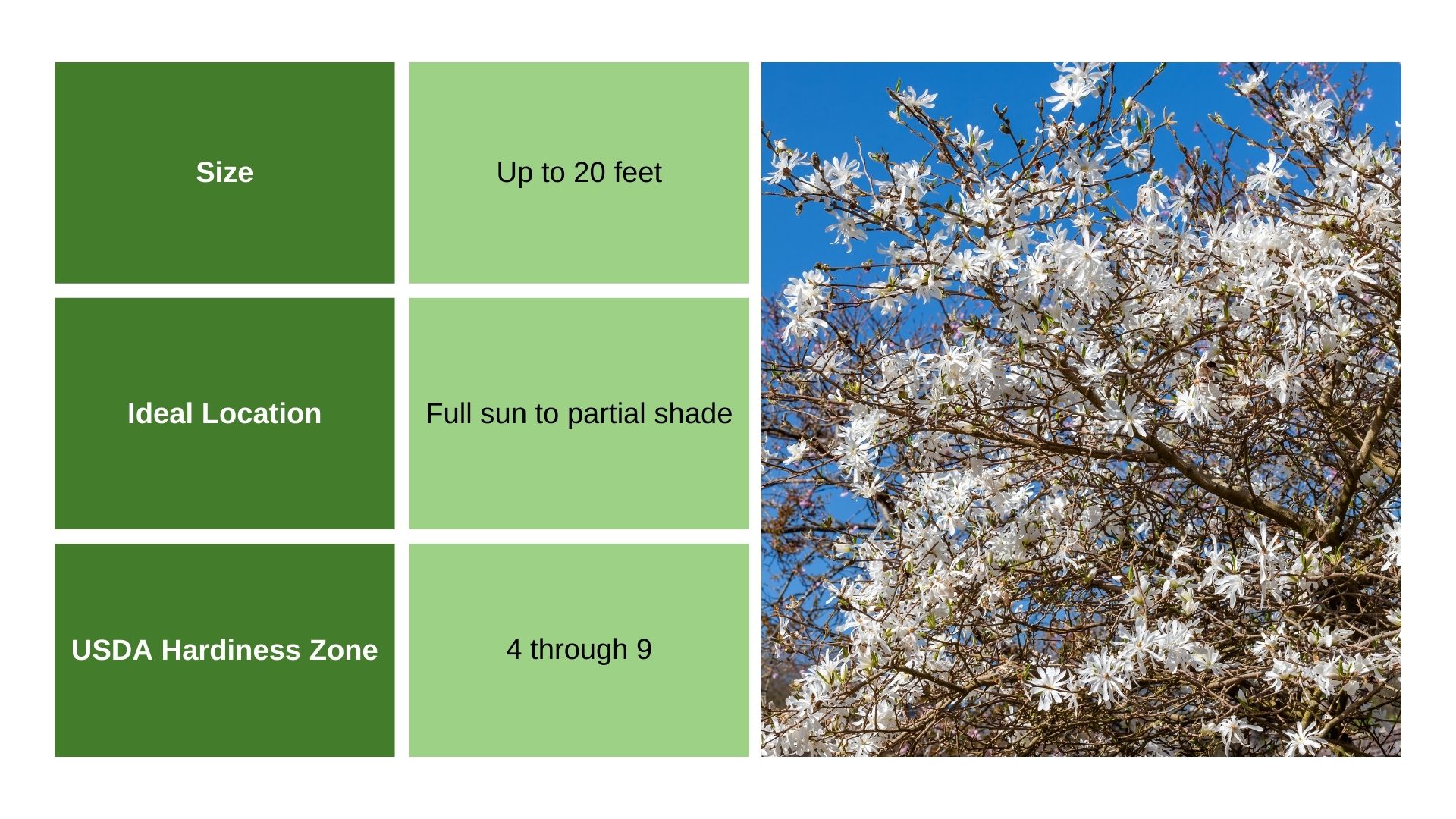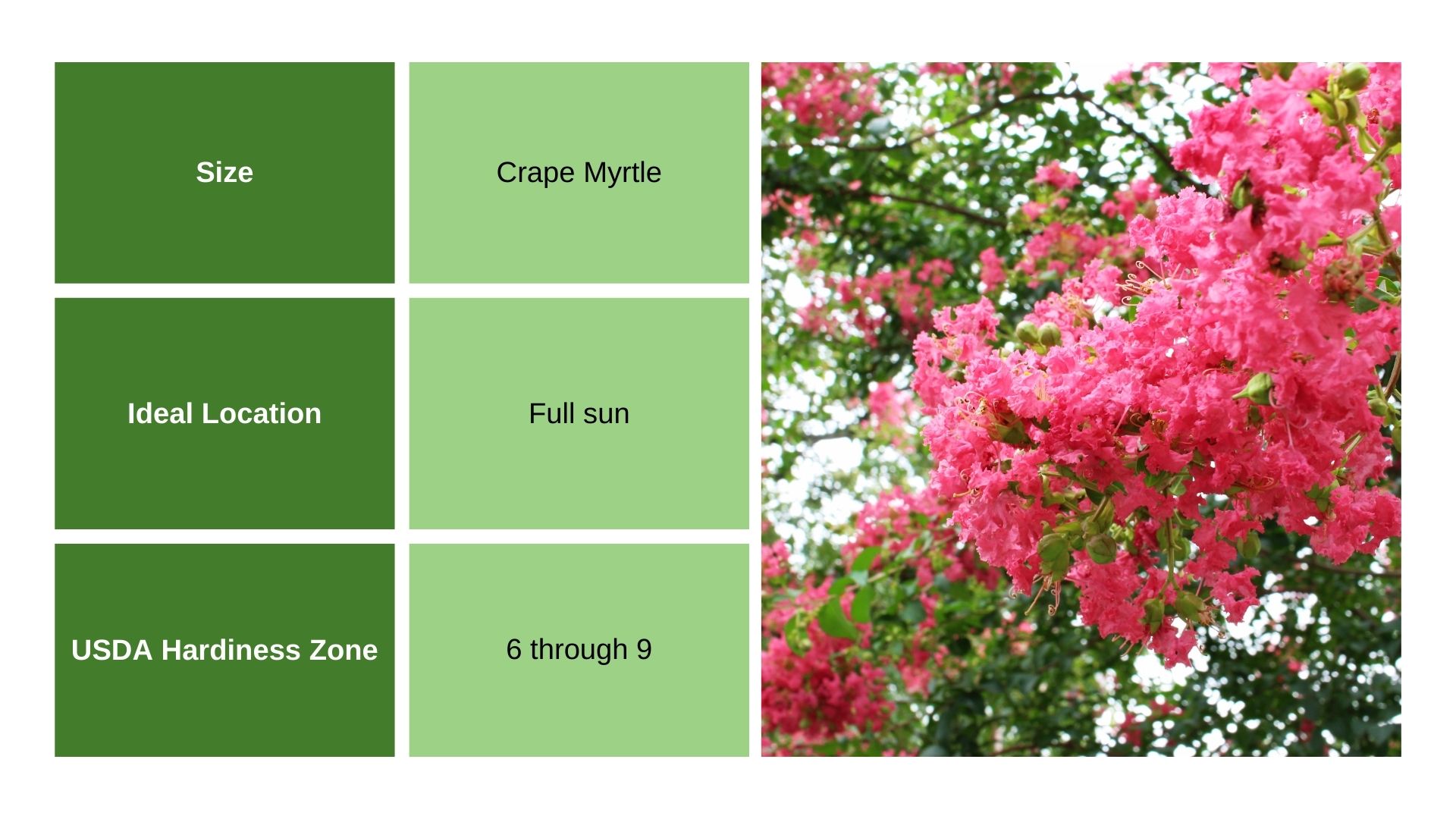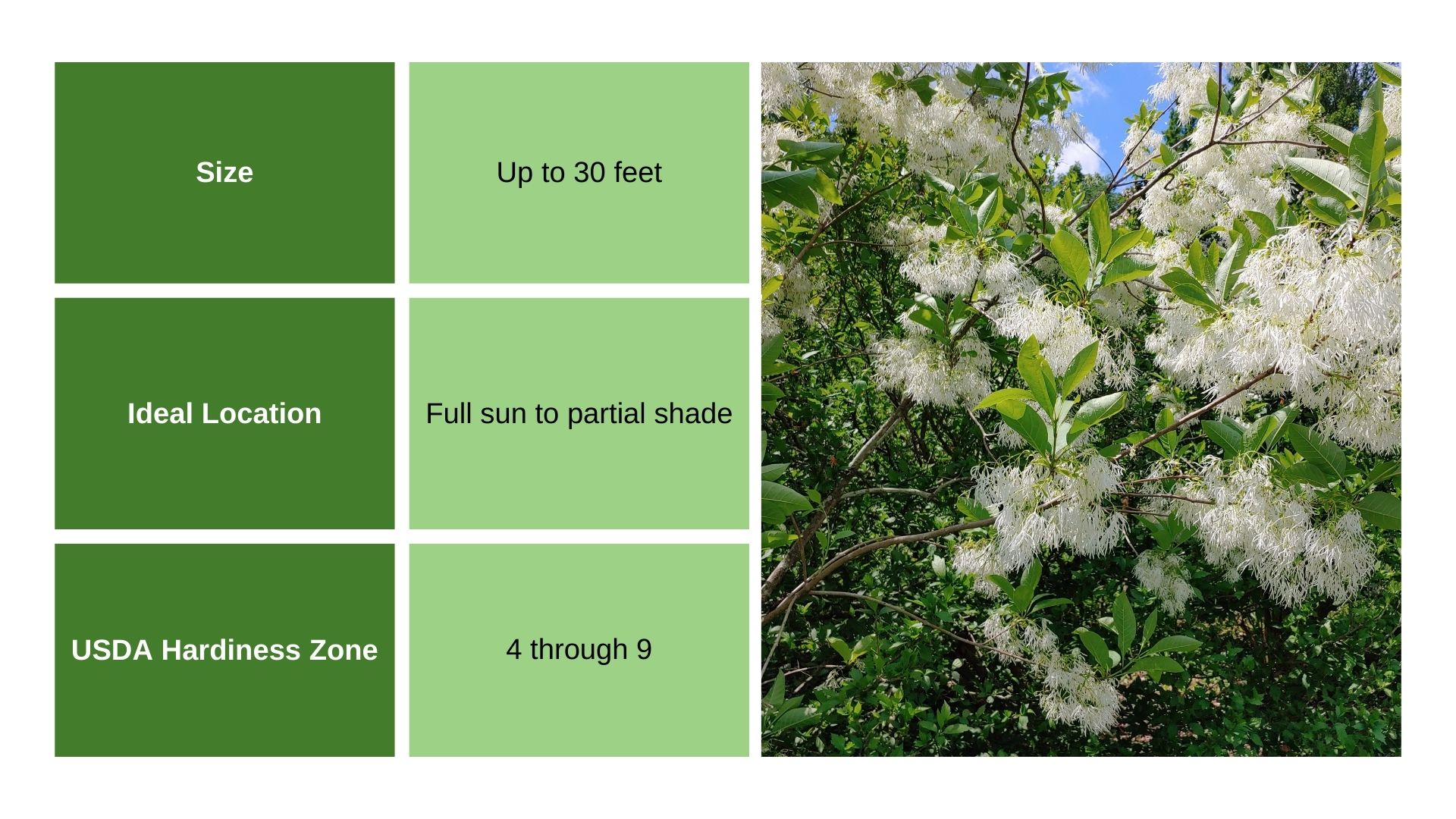Those who aren’t lucky enough to own a large yard may have a hard time looking for new plants to add, especially when it comes to trees.
Adding vertical interest to smaller yards is possible with the help of smaller tree species. They’ll add an elegant touch of beauty and help you make the most of your limited space.
Here are the 8 best small trees for a compact yard, and a few tried-and-true tips for keeping them happy and healthy!
1. Flowering Dogwood
We’ll start our list with the captivating Flowering dogwood. This tree is easily recognizable for its cute star-shaped blossoms that appear in the early spring.
They give rise to reddish-orange berries and, best of all, birds absolutely love feeding on them. This tree species is deciduous and its leaves turn purple or scarlet when fall arrives. Your garden will have a spectacular display of colors from early spring through fall!
Some Flowering dogwood varieties look more like shrubs while others can reach up to 30 feet.
This is definitely one of the cutest small flowering trees out there. It’s not fussy over the growing conditions and you don’t even need to prune it.
As long as the soil is free-draining and there’s enough sun, your Flowering dogwood is destined to thrive!
2. Bay Tree
Bay trees are one of the most popular smaller trees. Some varieties do get tall if left unpruned but they’re really slow-growing.
This Mediterranean native is easy to prune and you can get the desired shape or size without putting in a lot of effort. Landscapers use this ornamental topiary tree in many designs, especially manicured.
It’s an evergreen tree, which means your garden won’t lose color year-round.
Just be careful with the soil and never waterlog it because bay roots are very sensitive to standing water and can quickly rot.
3. Japanese Maple
Japanese maple is renowned for its magnificent foliage that adds a special touch of beauty to any garden. Some varieties generate leaves in different shades of red and orange, making them perfect for gardens that could use some vibrant colors.
These are also slow-growing species and dwarf varieties that reach just a few feet tall. Well, this small tree isn’t really good for gardeners who are seeking some privacy.
Make sure to find a partially shaded spot for your Japanese maple where it will also be protected from strong winds.
4. Olive Tree
If you’re enchanted by Mediterranean gardens, an olive tree can help you get this vibe in your own yard.
But, there’s a catch! These trees are used to warmer climates, so if you live in zones 7 and lower, an olive tree isn’t a good choice.
Those who live in warmer zones and can provide the tree with the right conditions will be happy to hear that this tree is drought-tolerant.
You don’t have to worry that your garden will look bare because the long narrow leaves stay on the tree all year long!
If you’re a fan of its fruit, then you’ll need to prune your olive tree in late winter.
5. Fruit Trees
Putting all fruit trees here may not be a good approach but the thing is that the majority of species won’t exceed 20 feet tall. If that is too tall, you can always go with dwarf varieties that won’t grow taller than 10 feet.
These trees are all in one – you get spring blossoms followed by delicious fruits.
When choosing a tree for your garden, the two main factors to consider are your preferences regarding flavor and your USDA hardiness zone.
Cherries are a good option for zones 4 through 8, whereas figs are more suitable for zones 8 and above.
All fruit trees thrive best in free-draining soil types and need a lot of sun to produce blossoms and, of course, the fruit. One more thing, don’t forget to fertilize your fruit trees to get the best yield possible.
6. Star Magnolia
No one can resist beautiful Star magnolia blossoms! They come in various colors, such as yellow, pink, red, and white, so there’s no need to worry about the vibrance your garden displays if you plant this tree!
This species has a slow growth rate and a rounded shape but you can prune it into a pyramidal shrub.
The blooms emerge as soon as the spring arrives, followed by light pink seed pods. When fall arrives, you’ll notice fruit filled with orange seeds! What an amazing combination of colors!
7. Crape Myrtle
If you need a tree that produces blooms during the summer, then consider adding the Crape myrtle to your garden.
The vibrant flower hues and low care requirements make this tree a favorite of many gardeners, including beginners.
Of course, if you have a smaller yard, you should choose dwarf Crape myrtle varieties. Make sure to do some research before purchasing!
The one thing you should know about this tree is that it’s considered invasive in some parts of the US. (1) Luckily, it’s not an aggressive grower and can be easily controlled, which is the main reason why so many yard owners grow it.
This is also one of the plants you shouldn’t be pruning in the fall because you can remove the winter protection layer. For best results, prune your Crape myrtle before it generates new growth, i.e., February.
8. Fringe Tree
We’ll end our list with the breathtaking Fringe tree. Lacy blossoms give rise to purple berries which are an excellent food source for birds and wildlife.
One of the best features of this tree is its fragrance, and that lovely scent will make your yard even more attractive! Additionally, the Fringe tree isn’t finicky about growing conditions.
The only drawback of this tree is that its white blooms don’t last long, so you can enjoy them for only a few weeks.
References:
1. Watch out for Creepers on your Crapemyrtle. (2023, March 15) – Maryland Invasive Species Council

